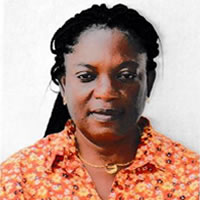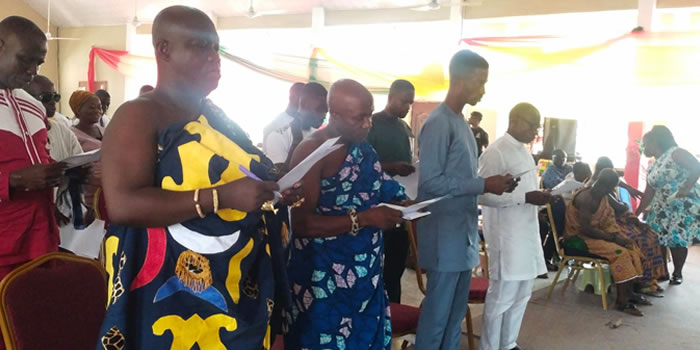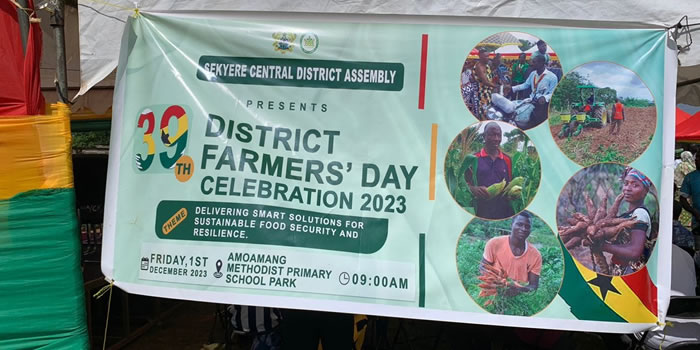

Main source of drinking water
The major sources of water for drinking by households in the District are river/stream and bore hole/tube well and river/stream. These sources of water for drinking accounts for 74.8 percent of households in the District. Analysis revealed that a total of 40.8 percent of households in the District drink river/stream water whilst about one-third (33.7%) of the households obtain drinking water from bore holes/tube wells. Fewer proportions of household obtain drinking water from unprotected sources such as springs, wells, rivers/streams, ponds, lakes and dams and so on.
Main source of water for other domestic use
44.6 percent of the households use river/stream and bore-hole/tube well (31.0%) for other domestic purposes. In terms of locality of residence, the proportion of households that obtain river/stream and bore-hole/tube well for other domestic uses is higher in urban (59.8%) than rural areas (36.9%). However, households that use pipe-borne water outside dwelling for domestic purposes constitute 10.4 percent in rural areas compared to 4.1 percent for urban localities. Fewer households in the District use water from unprotected sources including wells, springs, rivers, lake, dams, ponds, etc.
Bathing and Toilet Facilities
Toilet Facilities
An efficient and hygienic method of human waste disposal available in a dwelling unit is a critical indicator of the sanitary condition of the unit and is an indirect measure of the socioeconomic status of a household. Four major types of toilet facilities are reported in Sekyere Central District. The highest reported facilities include public toilet (41.6%), pit latrine (22.9%), KVIP (7.2%) and WC (6.1%). About 21.7 percent of the population in the district has no toilet facility. At the locality level, approximately 30 percent in rural areas have no toilet facilities and resort to the use of bush, beach or open fields compared to 5.3 percent in the urban localities. Also, the proportion of dwelling units that use public toilet facility in urban localities is forty-four percent as against 40.4 percent in the rural areas of the District. Moreover, about 24 percent of dwelling units in urban areas use pit latrine compared to 22.2 percent in the rural localities. The use of KVIP among urban dwellers is (13.3%) whilst (4.1%) are in rural localities (figure 8.5). The use of pan/bucket is however minimal in the District.
Bathing Facilities
Bathing facilities available in dwelling units in the District can be categorized primarily into four major types: shared bathroom in the same house (33.4%), bathroom for exclusive use (28.3%), open space around house (15.6%) and shared open bathing cubicle (9.6%). The proportion of dwelling units that shared bathroom with other households are higher in urban (50.9%) than in rural (24.6%) localities. Furthermore, 26.5 percent and 29.2 percent of dwelling units own bathrooms for exclusive use in urban and rural localities respectively. Also about 20.3 percent of dwelling units in rural localities use open space around house as bathroom compared to 6.4 percent in urban localities, 8.9 Method of waste disposal
Solid waste disposal
Public dump (container and open space) constitutes the major methods for solid waste disposal for the households (73.7%). It is disturbing to know that a substantial proportion of households in the District dump their refuse indiscriminately (12.8%) and the situation is worse in rural (17.1%) than in urban areas (4.4%). It is also noted that a slightly higher proportion of rural households bury their waste (6.5%) than their counterparts in urban areas (5.0%).
Liquid waste disposal
The common ways of disposing liquid waste include throwing onto compound, street/outside and into gutter (92.9%). The remaining methods of liquid waste disposal include discharge through sewerage system, drainage system into gutter, and through drainage into a pit recorded relatively low proportions in urban localities in the District.
Date Created : 11/25/2017 5:24:24 AM












 facebook
facebook
 twitter
twitter
 Youtube
Youtube
 +233 593 831 280
+233 593 831 280 0800 430 430
0800 430 430 GPS: GE-231-4383
GPS: GE-231-4383 info@ghanadistricts.com
info@ghanadistricts.com Box GP1044, Accra, Ghana
Box GP1044, Accra, Ghana